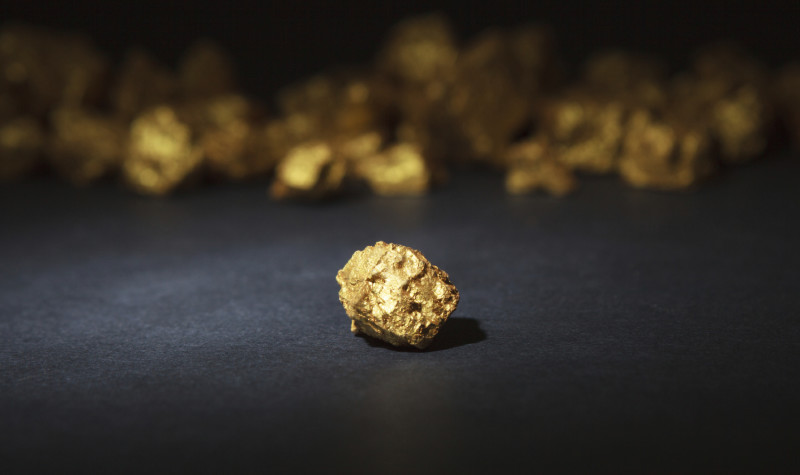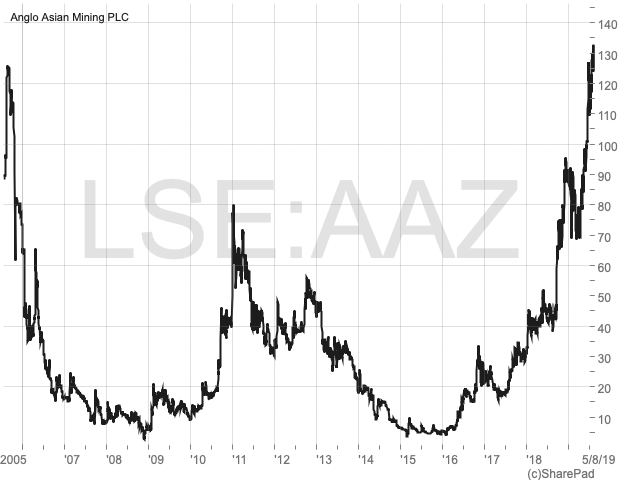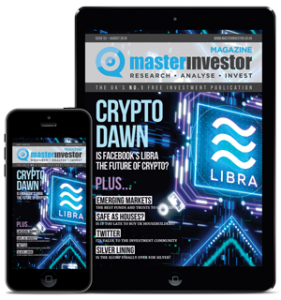Anglo Asian Mining: a word of warning

Anglo Asian Mining has been a winner for many private investors, but those who expect the strong run over the past couple of years to continue could be disappointed, argues John Cornford.
Anglo Asian Mining (LON:AAZ) (£149m @126p) has seen its shares rise from around 15p in 2016 to 126p currently, and remains a darling among some investors who expect the upward momentum to continue.
AAZ listed on AIM in 2005 at 77p, raising $20m to explore in the prolific Tethyan Tectonic (or Metallogenic) Belt, which stretches from the Balkans, through Turkey to Azerbaijan and further east. It was rewarded when in 2009 it poured its first gold from the previously worked but long closed Gedebek mine, whose gold and copper AAZ’s exploration had determined was much more extensive than thought, and Gedebek is now generating substantial amounts of cash with costs among the world’s lowest.
Just the sort of miner we all look for! If only we had the patience to ride the ups and downs of exploration and development, and of roller coaster commodity prices. They depressed AAZ’s shares for nearly 10 years after flotation (except for the 2011 mining bull run), and if I’d continued writing for MI after 2016 I hope I would have flagged it for readers for its then looming recovery, although I admit I would have been wary of its location between Russia and Iran.
AAZ since 2005 IPO

On the other hand, the Caspian Sea generates an oil fortune for the government and local banks who have been happy to support Azerbaijan’s only gold mine, so – extremely unusually for a junior miner – AAZ has never come back to shareholders for more cash, but has been backed with local loans which are now being rapidly repaid.
The resulting sharp improvement in available cash has enabled AAZ’s first dividend (US 7 cents) and the shares, not held back by dilution, have performed accordingly.
However, Gegebek as currently understood has a remaining life of about six years, after which Hardman, the company’s commissioned researcher, assumes no further production unless found by exploration.
Very preliminary exploration has found hints that a much larger porphyry copper/gold system might lie beneath Gedabek (and at another of AAZ’s sites) but, if so, its thorough exploration and development is likely to cost considerably more than AAZ has ever spent so far and could take a long time to produce results.
| Master Investor Magazine
Never miss an issue of Master Investor Magazine – sign-up now for free! |
So, meanwhile, Hardman has worked out what AAZ’s present business will generate until 2025, allowing for dividends to be paid, but excluding costs of the exploration and development that will be necessary to ensure a continuing life.
The result is a DCF valuation (NPV), at an 8% discount rate, of £178m, which Hardman compares with AAZ’s market cap of £146m to suggest the shares are still cheap.
I don’t think so, although that value will have increased with a current $1,425 gold price against Hardman’s $1,350. The fact is that no mining share that I have researched in over 15 years has ever even approached analysts’ DCF values, for which there are solid philosophical, mathematical, and logical reasons that I have no space to explain here.
In other words, I believe AAZ’s valuation now fully reflects its next six year’s income, beyond which it will have to find possibly substantially more funds to ensure continuation. So any talk of a cheap looking current PER or a good dividend yield will be irrelevant to the professional investors who some private investors that I see on the bulletin boards expect will jump aboard the shares ‘now they look so cheap’!
That doubt beyond 2025 is not the only one. AAZ has a production (effectively profit) sharing agreement with the Azerbaijan Government who is entitled to 51% once all past costs have been recovered, which the company estimates will occur in 2023. Up to then AAZ will have been paying an effective 12.5%, but eventually the full 51% could be due.
Together with the fact that Gedebek production is set to decline slowly up to 2025 (albeit compensated by any increased gold and copper price), investors will begin to realise that ‘growth’ (for the moment) has stalled, while the questions I describe will loom closer, so they might decide to take their substantial profit.
(On the other hand, successful exploration results might encourage them to stay, as should an increasing gold price.)
You decide, bearing in mind that with the board owning 40% the shares are relatively illiquid! I, personally, would take my profit now and look for other, earlier stage, opportunities.

Comments (0)